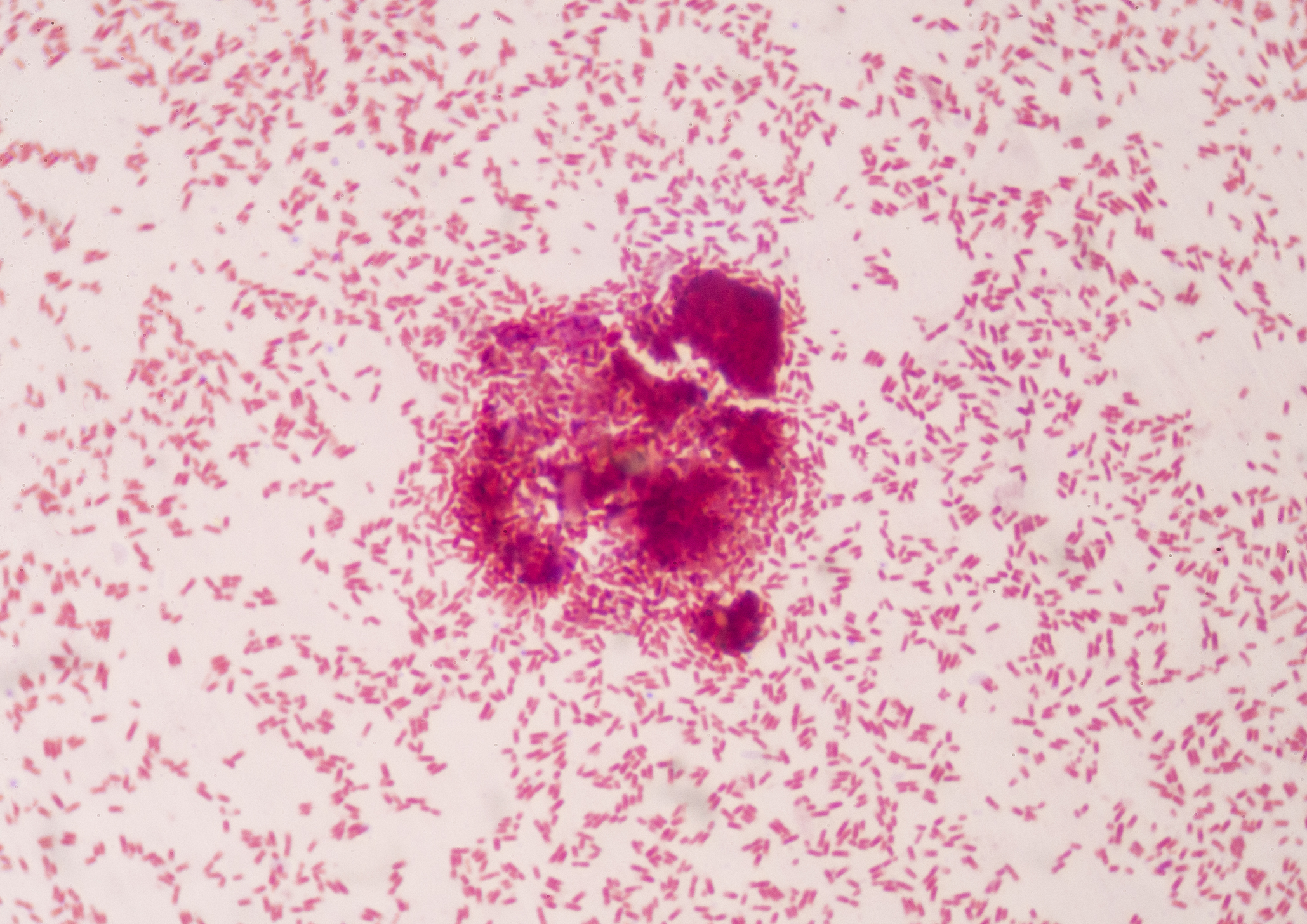 A range of sanitizing chemicals can be used in a food processing environment: hydrogen peroxide, quaternary ammonium disinfectants, aldehydes, and more. Though all of them are required to deliver a minimum level of efficacy, not all of them offer the same benefits.
A range of sanitizing chemicals can be used in a food processing environment: hydrogen peroxide, quaternary ammonium disinfectants, aldehydes, and more. Though all of them are required to deliver a minimum level of efficacy, not all of them offer the same benefits.
For example, some products are easier to apply than others, some require intense safety protocols, and some have to be rotated to avoid becoming less effective. Additionally, not all disinfectants are able to handle biofilms in the same way. Most require mechanical action to remove biofilms, and some sanitizers come with the risk of contributing to bacterial resistance. Understanding the chemistry behind the disinfectants used in food processing facilities will help you make informed decisions about the products you choose.
How Biofilms Form
When bacteria is allowed to grow on a surface, there is the potential that a biofilm will form. As bacteria consume food and reproduce, they produce a carbohydrate-based substance that allows them to adhere to surfaces. This substance allows other bacteria to stick to it, forming a layer on top of the original bacteria. The cycle continues until a three-dimensional structure—a biofilm—is formed.
This structure protects the bacteria within it, while also providing a food source so they can continue to grow. What starts as a few lingering bacteria can evolve into a persistent biofilm that is difficult to remove. One of the most challenging aspects about biofilms is that, despite the multiple layers, they are invisible to the naked eye. Because of this, biofilms can exist for a long time without detection, especially in difficult-to-reach areas that might not be sanitized as frequently as other surfaces. The protective matrix that surrounds the bacteria in biofilms also protects them from chemical sanitizers, often requiring mechanical action to disrupt the film.
Common Food Processing Bacteria
Many types of bacteria might be found in a food processing facility, but there are a handful of the most common that FSQA managers must typically address. Listeria monocytogenes, Escherichia coli, and Salmonella enterica are some of the bacteria families that most often create challenges in food safety. They tend to thrive in food processing environments, and when found in the food supply, can create health risks to consumers. Any one or a combination of these bacteria can form biofilms that could potentially cause an outbreak that is both a health risk and also devastating to a food brand.
How D7 Chemistry Works
D7 is a patented chemical formulation that uses hydrogen peroxide-based chemistry to disinfect surfaces. In addition to hydrogen peroxide, it also contains surfactants (i.e., soap), mild solvents, inorganic salts, and water. Although the chemistry of D7 is complex, it is primarily a combination of the following ingredients:
- Hydrogen peroxide
- Detergent
- Hydrogen peroxide booster
The final hydrogen peroxide concentration in D7 is approximately 3.8 percent, which is comparable to that found in the products sold at a pharmacy. D7 works by chemically deactivating bacteria. The detergent softens the cell walls of bacteria and viruses (including those found in biofilms), which allows the hydrogen peroxide to penetrate the interior and kill the microorganism. The booster serves to make the hydrogen peroxide more effective.
The D7 Difference
In contrast to other products that rely on only a single mechanism, D7 uses multiple approaches to kill bacteria and vigorously attack biofilms including:
- Oxidation via hydrogen peroxide
- Oxidation via peracetic acid
- Oxidation via other activated oxygen species (percarbonates)
- Membrane disruption and subsequent lysis using quaternary amines
- Protein denaturation using safe solvents
- Chemical attack using strong nucleophiles promoted by micellar catalysis
- Detergency action softens up hard to remove water resistant films
D7 is not simply another quat or disinfectant; it is a decontamination system. The product can be incorporated into a variety of carriers (foams, liquid sprays, and fogs) depending on the application, making it a versatile option. D7 also uses very mild chemical ingredients to give it low toxicity and corrosivity properties, making it safe to use on most equipment and surfaces. The product is safe to use and requires less intensive OSHA protocols than other products, such as those that are formaldehyde-based. This makes the application process faster and can reduce facility downtime.
While the D7 formula does contain a quaternary ammonium package, D7 does not have to be rotated with other chemicals, unlike other quaternary ammonium disinfectants. This means that FSQA managers can reduce the number of disinfecting chemicals required and simplify protocols for sanitation teams. When addressing biofilms, unlike other disinfecting options that require mechanical action, D7 can be applied as a foam that penetrates and kills biofilms with no scrubbing required. This saves on manpower and also enables better coverage, especially in difficult-to-reach areas where the foam can be applied more easily than a scrubber.
Find the Right Sanitizing Solution for Your Facility
Bacteria is a reality that all FSQA managers must face in a food processing environment. However, every facility has different needs with varying equipment types, surface materials, and bacteria challenges. Understanding the pros and cons of the various disinfecting options will help you decide which products are right for your facility. If you need help determining the best sanitizing approach to use in your plant, the Decon7 team is here for you. Schedule a free consultation to learn more about D7, how it works, and how it can be incorporated into your sanitation protocols. You can also learn more by reading The Busy FSQA Manager’s Guide to Proactive Plant Sanitation.

